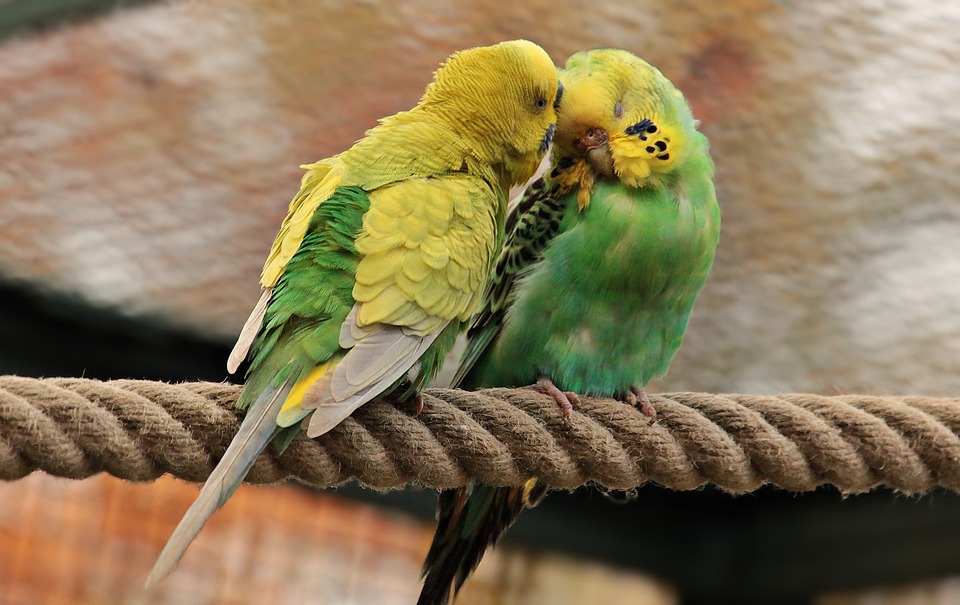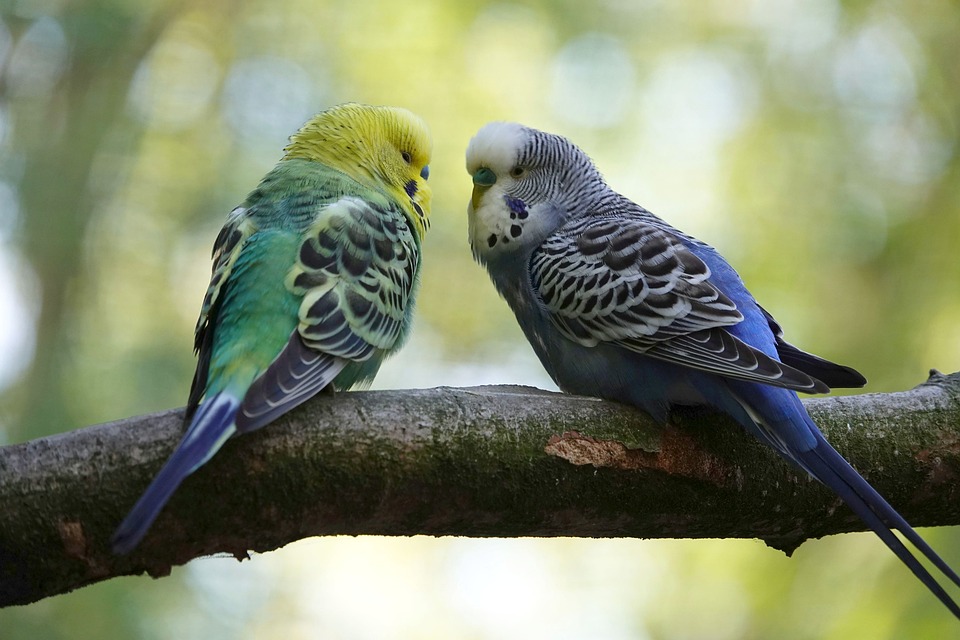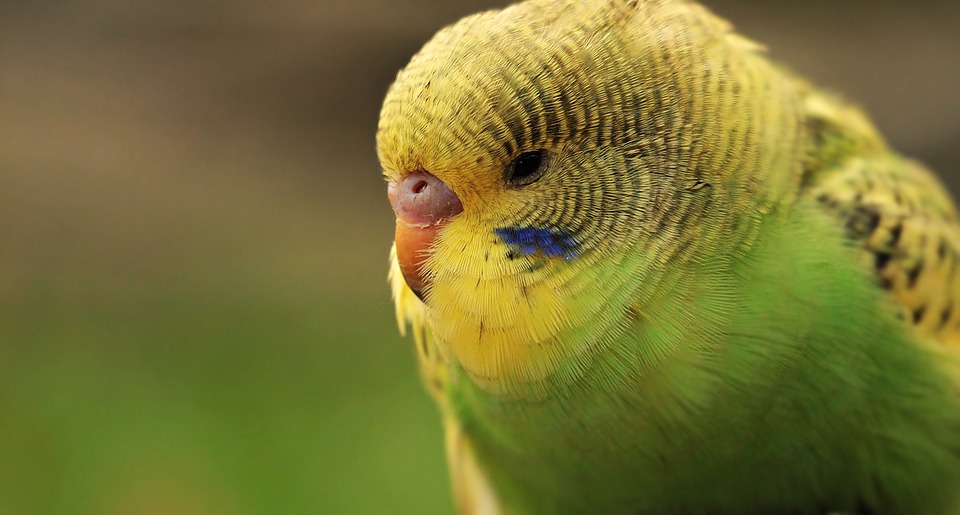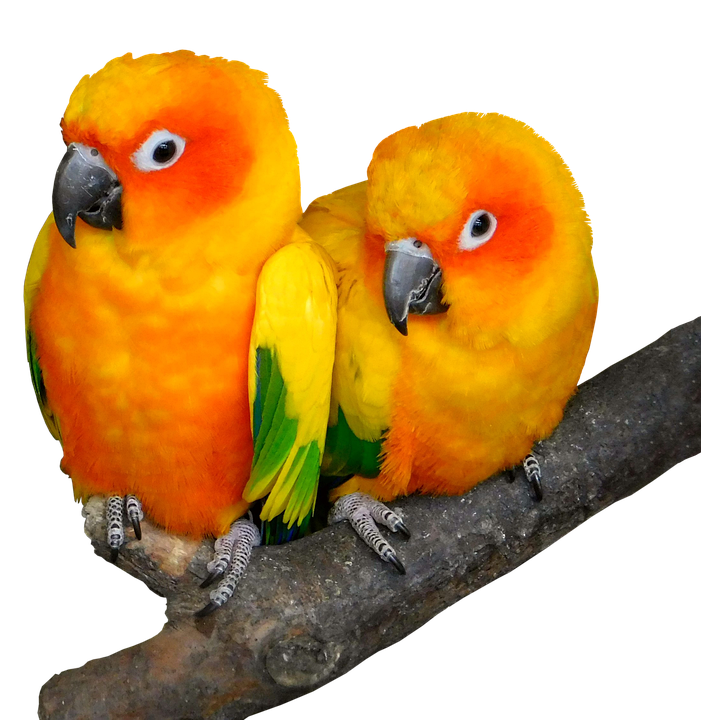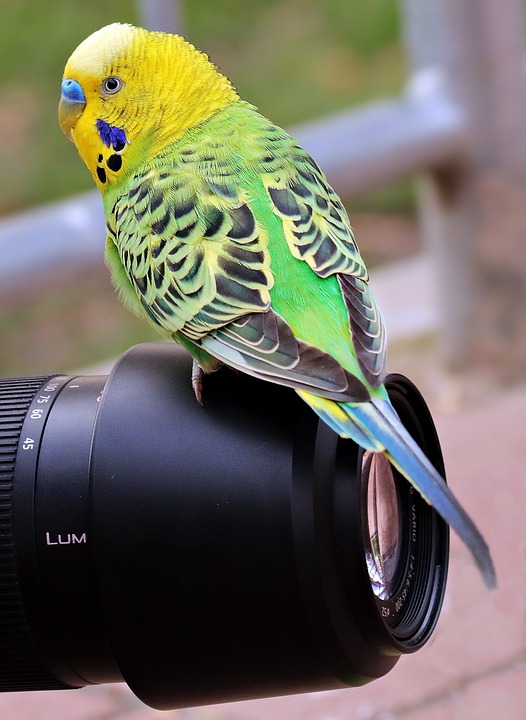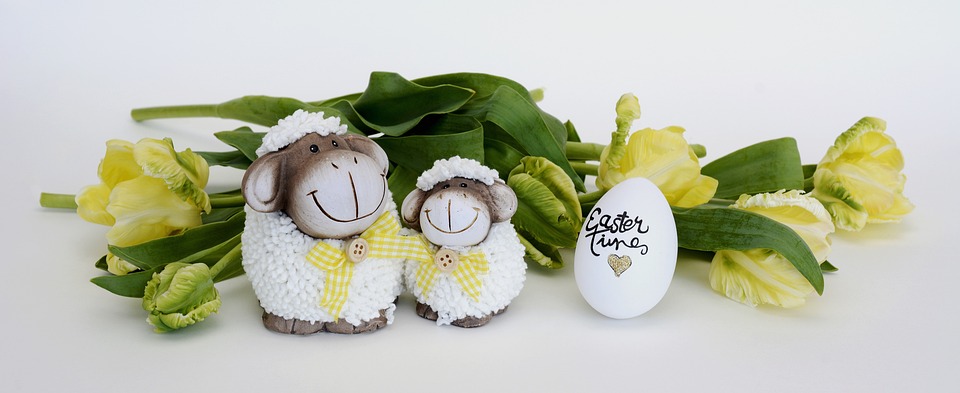Parrots are highly intelligent and social creatures known for their vibrant plumage and charismatic personalities. As parrot owners, it is essential to understand and interpret their behaviors to ensure their well-being and happiness. One behavior commonly observed in parrots is body fluffing. In this article, we will delve into the meaning behind body fluffing and provide valuable insights into decoding parrot behavior.
Body fluffing is a natural behavior exhibited by parrots that involves the bird puffing up its feathers, creating a fuller and rounder appearance. This behavior is commonly observed while the parrot is at rest, sleeping, or experiencing certain emotions. While body fluffing may seem adorable, it serves several purposes for our feathered friends.
One of the primary reasons parrots engage in body fluffing is to regulate their body temperature. By fluffing up their feathers, parrots can create air pockets that trap warm air close to their bodies, providing insulation in colder environments. Conversely, in warmer conditions, body fluffing helps to enhance air circulation and dissipate excess body heat.
Parrots often fluff up their feathers when they are in a state of relaxation or contentment. It is their way of expressing comfort and feeling at ease in their surroundings. Body fluffing can be observed when your parrot is perched on a favorite spot, receiving gentle head scratches, or simply enjoying a peaceful moment.
Just like humans, parrots have a wide range of emotions. Body fluffing can be an indicator of different emotional states. For instance, when a parrot feels scared, threatened, or anxious, they may puff up their feathers as a defensive mechanism to appear larger and potentially deter perceived threats. On the other hand, body fluffing can also signify excitement, curiosity, or anticipation, particularly when paired with other behaviors such as vocalizations or wing flapping.
While body fluffing can be an indication of illness in some cases, it is not always a cause for concern. Observe your parrot for other symptoms such as decreased appetite, lethargy, or abnormal droppings. If you suspect illness, it is recommended to consult an avian veterinarian.
To differentiate between contentment and distress when your parrot is fluffing its feathers, pay attention to their overall body language and the context in which body fluffing occurs. If the parrot is engaged in pleasant activities such as playing, interacting with toys, or calmly preening, it is likely a sign of contentment. However, if body fluffing is accompanied by crouching, hiding, or aggressive postures, it may indicate distress or fear.
Creating a suitable environment for your parrot is crucial to ensure their comfort during body fluffing. Provide a well-maintained cage with appropriate perches, toys, and environmental enrichment. Ensure the temperature is within the recommended range for your parrot species. Additionally, spending quality time with your parrot, offering mental stimulation, and providing a balanced diet will contribute to their overall well-being.
Excessive or prolonged body fluffing, especially when combined with other abnormal behaviors or physical symptoms, may indicate an underlying health issue. It could be related to respiratory problems, feather mites, hormonal imbalances, or other medical conditions. Consulting an avian veterinarian is recommended to rule out any potential health concerns.
Understanding parrot behavior, including body fluffing, is essential for any responsible parrot owner. By decoding their behaviors, we can provide a nurturing and enriching environment that supports their physical and emotional well-being. Remember to observe your parrot’s overall body language, context, and other accompanying behaviors to accurately interpret their messages. If in doubt, always consult with an avian veterinarian for professional advice tailored to your parrot’s specific needs.


